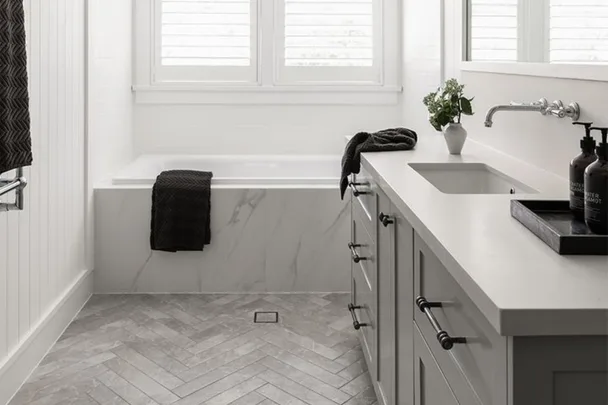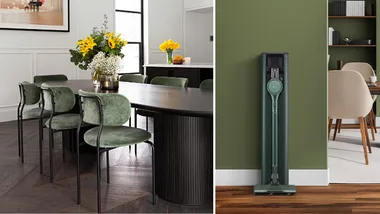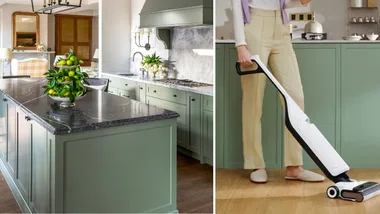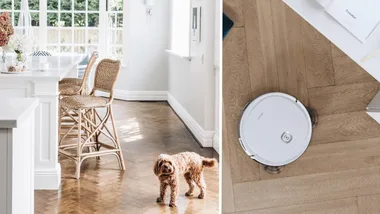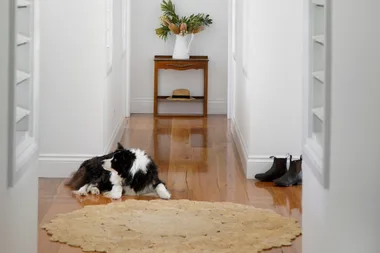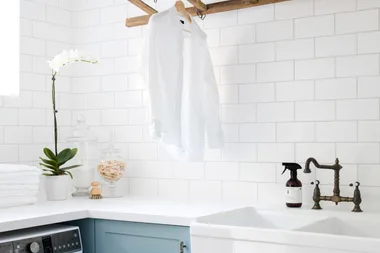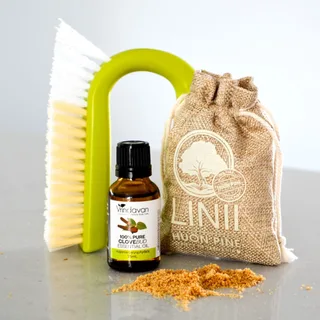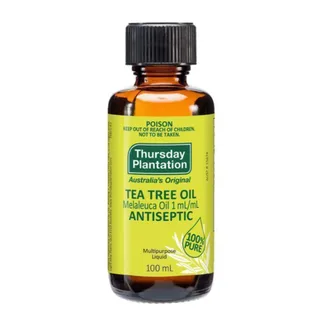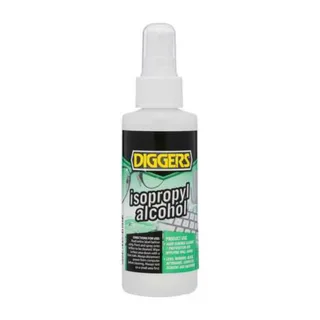If you see or smell mould in your home, you may be tempted to reach for a bottle of bleach to get rid of it quickly. But did you know there are three natural products that are more effective at killing mould than chlorine bleach?
Not only is bleach a harsh product that can irritate the airways, skin and eyes if used incorrectly, it can also cause damage to the surface you’re trying to clean.
Professor Dee Carter, a microbiologist and fungi expert at The University of Sydney says vinegar is more effective (not to mention, more affordable) than many store bought cleaners. “These break down over time and may have lost a lot of their effectiveness before you even buy them,” she says.
Here we run through three mould killing recipes you can make at home using pantry staples.
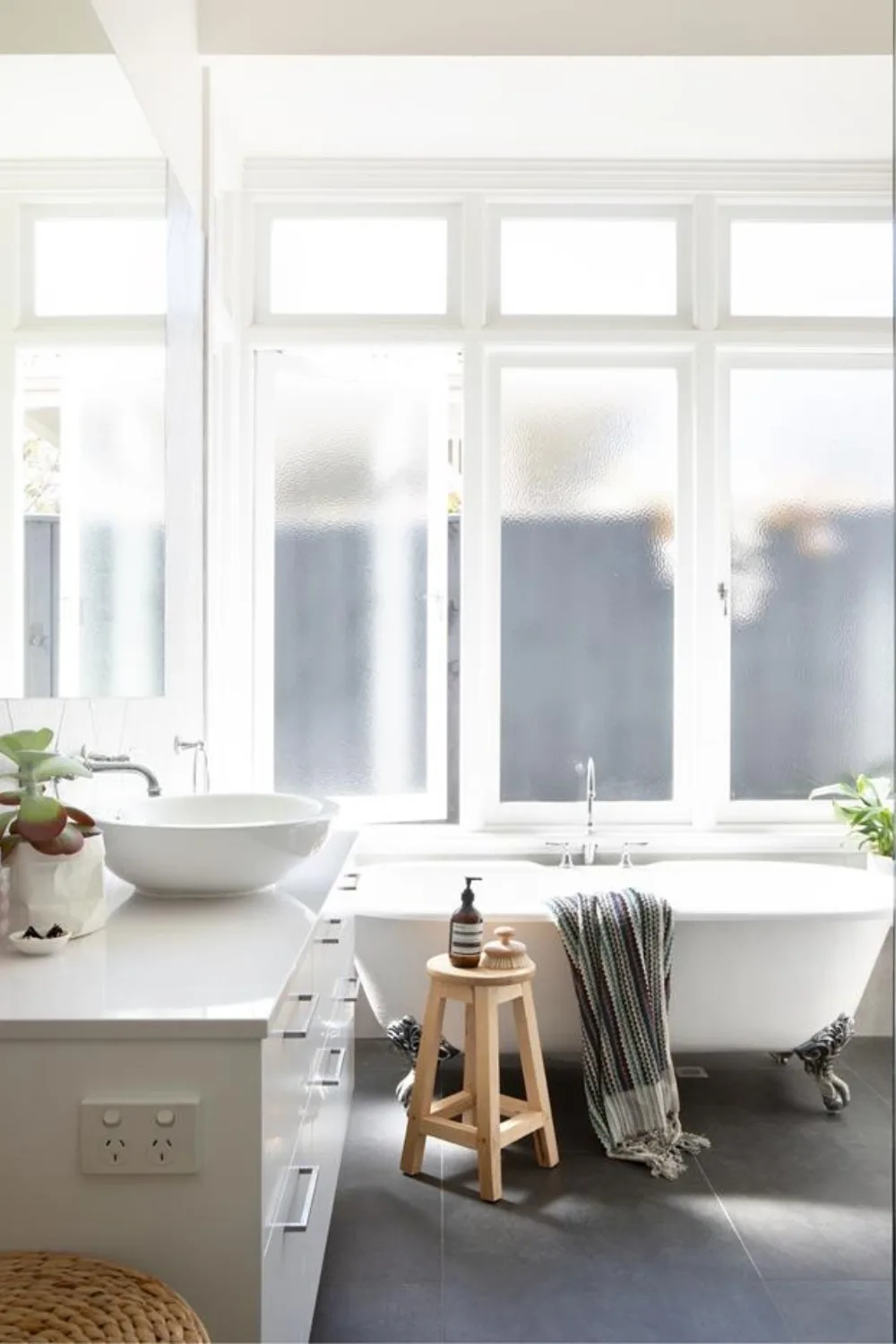
1. Undiluted white vinegar
Vinegar is one of the best, and most effective ways to kill mould. Not only is it cheap to buy, it’s safe to use in food preparation areas and will kill mould on contact. It also has the ability to penetrate the surface mould is growing on (such as grout or fabric) without leaving a stain.
Just pop some straight vinegar into a spray bottle, spray, leave for an hour, wipe off with warm water.
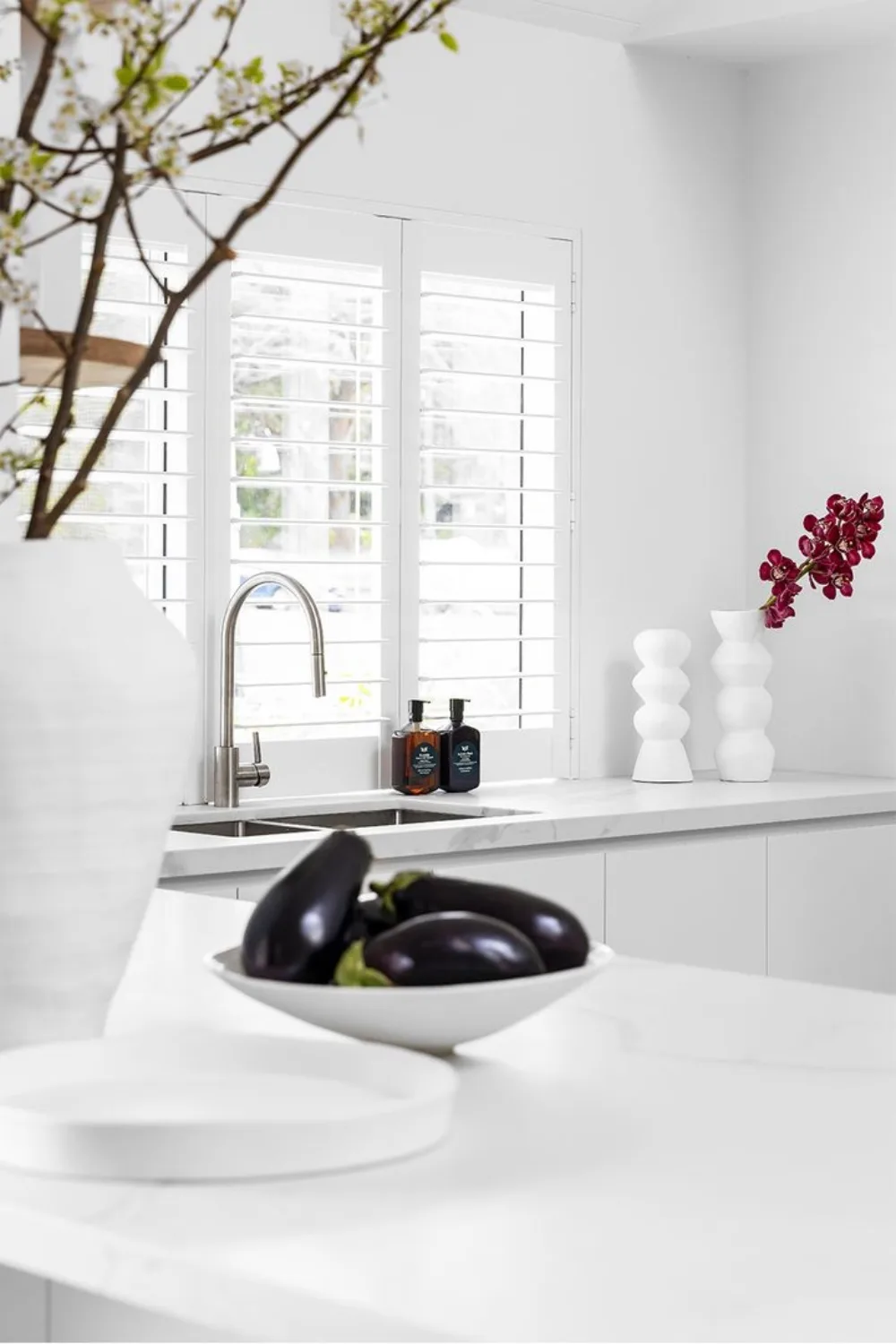
2. Tea tree oil or clove oil and water
If the smell of vinegar puts you off, another effective combination tea tree oil or clove oil and water.
Add 15 drops of your chosen oil into a spray bottle – prefer oil of cloves to all the others. Spray onto mouldy areas and leave for two hours, spray a bit more, wipe away.
This combination is said to kill around 82 percent of mould colonies.
3. Vodka
And now for something completely different, did you know vodka is great for cleaning? The cheaper the better.
Pop some straight vodka into your nifty spray bottle. Spray, leave for an hour, wipe off with warm water.
if you can’t bear the thought of pouring vodka down the drain to clean your shower, cleaning alcohol (isopropyl alcohol) also works.
Natural mould killers
How to stop mould coming back
The best thing to do is try and prevent different types of mould and mildew from growing in the first place. This you can do by:
- Ensuring your home and particularly water sourced rooms have adequate ventilation.
- Bring sunshine into your home at every opportunity. Open the blinds, the windows and doors.
- Direct water away from your home (check for leaks and water flow during heavy rainfall). Look for opportunities to install drainage.
- Dry wet areas immediately.
- Ensure drainage is kept free-flowing – gutters, pipes and trenches. Look for leaf litter that might be clogging things up.
- Clean indoor plants regularly by dusting the leaves and making sure puddles of water are cleared up.
- Introduce mould-resistant products into your home (treated paints and building materials, non-organic fabrics).
- Air your home well after periods of rainfall or humid days. Be aware these are times mould breeds worse.
- Wipe condensation build-up from windows and walls after humid or wet days.
- Spray fabrics regularly with a mix of 3 drops Oil of Cloves in 5 cups water and leave to dry completely.
- Spray surfaces regularly with a disinfectant, antibacterial spray.
